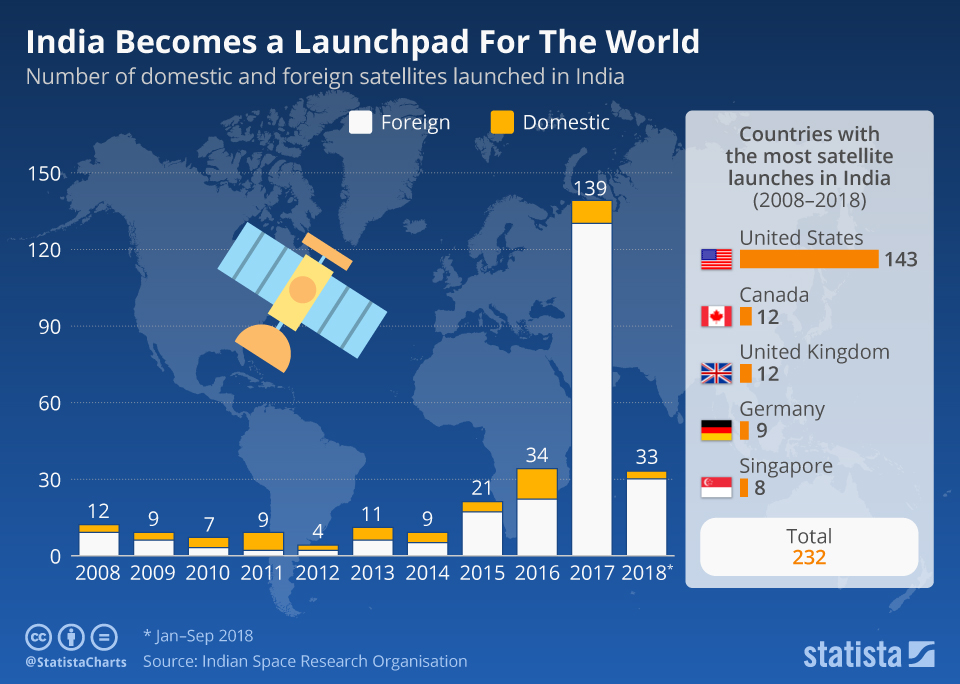Tapping Into Potential
April 13, 2021 | Expert Insights

In India, Digital Satellite News Gathering (DSNG) has faded away due to competition from terrestrial players. The capacity usage is mostly in Direct-to-Home (DTH) systems and Very-Small-Aperture Terminals (VSAT), which are delivered through geostationary satellites. If one looks at the broadband scenario, it is estimated that around 687 million internet subscribers are registered in the country, of which 97 per cent are mobile wireless subscribers. This, of course, has been driven mainly by the ‘Jio’ revolution in India. From 2019-2024, the expected growth rate for the broadband market is 37 per cent.

In other words, a large chunk of the global demand will come from India. It is crucial to open up the space sector and amplify opportunities for home-grown satellite systems in this context. There are around 50 startups that stand to benefit if the government enacts broad-based policy changes and fosters an enabling environment. Cost of delivery and bandwidth will also be determining factors driving the connectivity market. As far as latency is concerned, geostationary satellites have a definite drawback. This is where companies like SpaceX, with their LEO constellations, can play a critical role. However, their services' success will be predicated on ground infrastructure, costs of delivery, stability in the monsoon period, and competition from terrestrial technologies. They will also have to devise specific marketing strategies tailored to countries like India, where consumers cannot afford the same prices as those in the U.S. or Canada.
Rakesh Sasibhushan is the Chairman & Managing Director at ANTRIX Corporation Ltd. This article is written by the Synergia Research team based on insights shared by the expert at the round table titled ‘Empowering the Internet through Space: Limitations, challenges, and the future’ on 21 January 2021.








Comments